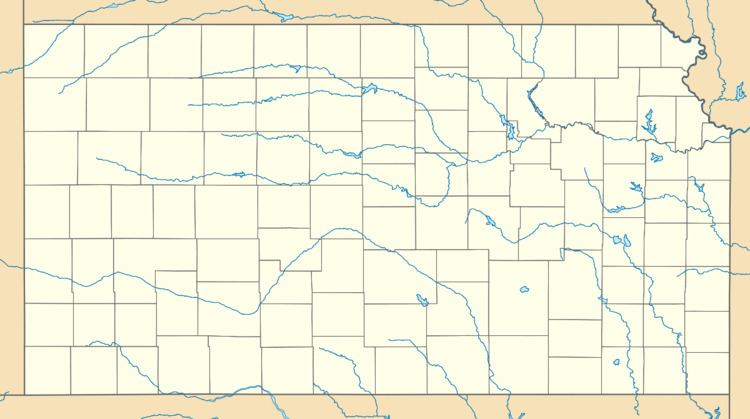Built 1922 Opened 1922 Added to NRHP 28 November 1980 | NRHP Reference # 80001473 Phone +1 316-263-0884 | |
 | ||
Similar Intrust Bank Arena, Century II Performing Arts & Co, Cotillion Ballroom, Old Cowtown Museum, Exploration Place Profiles | ||
The Orpheum Theatre in Wichita, Kansas, constructed by a group of local investors and operated by theatre mogul Karl Hobitzelle, opened on September 4, 1922, and was one of three theatres that were designed with elements of what would later become the atmospheric style of movie palace (the Dallas Majestic (1921), the Indiana Theatre (Terre Haute, 1922) and the Orpheum Theatre). In 1984, it was given to the Orpheum Performing Arts Centre, Ltd., a non-profit corporation created to the preserve, restore and utilize the theatre. Originally designed with 1,700 seats, it now seats 1,281.
Contents
Architecture
The theatre was designed by architect John Eberson with the concept of creating the impression of a garden in old Andalusia. Its entire design, including that of the asbestos fire curtain, was that of a Spanish garden or courtyard. The Orpheum Wichita was an integral part of the famous Orpheum Circuit and in its heyday virtually every major star of vaudeville graced its stage, including such luminaries as Eddie Cantor and Fannie Brice.
The 42 ft (13 m) high by 40 ft (12 m) wide proscenium arch is the main feature of the auditorium. The sidewalls of the auditorium were accented by niches with mock tile roofs, grills and wooden lattice arches across the ceiling to create a courtyard effect. While Eberson experimented with atmospheric design at the Wichita Orpheum, the theatre lacks the fully developed effects of a true atmospheric theatre. He credited the Hoblitzelle Majestic Theatre (Houston, 1923) as the first.
History
The Orpheum Theatre has significant associations nationally and internationally with the development of a whole new concept and style of theatre architecture. During this period, more than 17,000 acts appeared with the playbill changing three times each week.
Closing and Rebirth
By the time it closed in 1976 it was an adult film venue and the structure had considerably deteriorated. It reopened showing Spanish language films for a short time, but closed again in 1978. As Orpheum Theater and Office Building, it was listed on the National Register of Historic Places in 1980.
A group of investors bought the structure in 1984, but legal entanglements kept the board from taking over until 1992. In total, the theatre remained dark for 17 years. The board chose to open the theater for events and complete renovations as money was available. As of 2011, most funding has come from private grants and donations. In 2011, the Orpheum Theatre underwent a change in leadership when longtime President Mary Eves retired in December 2010. Jennifer Wright assumed the position of President beginning in 2011 and began a new approach to programming which served to elevate the theatre's image and level of activity. In 2012, the theatre received a $1 million gift from Wichita philanthropist Jean K. Garvey.
Restoration
Restoration work on the Orpheum is being conducted by the California based John Ash Group, a national historical preservation architecture firm. Although the building cost about $750,000 to construct in 1922, the Orpheum board estimates the total cost of renovations will require another $13 million in addition to the $4 million already invested. Areas still to be addressed include a new auditorium flooring and seats, concession stands, electrical upgrades and decorative plaster work. The theatre directors kicked-off a public fund-raising campaign in April 2011 and hope to complete work in 2013.
